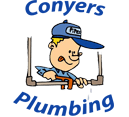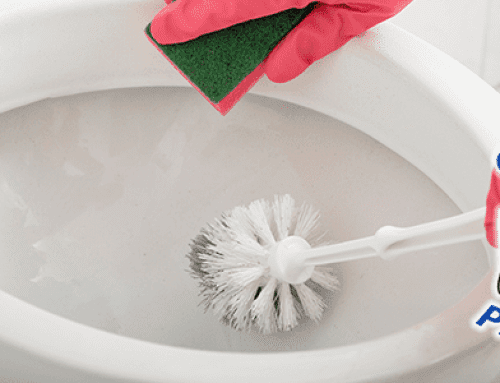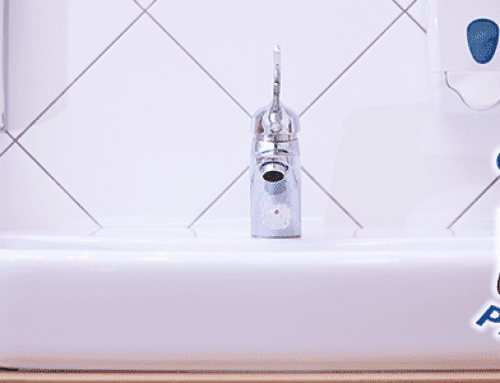In our last article, we began discussing the process needed to install a waterline for a refrigerator. For part one, we wrote about the importance of planning the process and ensuring that you take the proper steps. In this article, we will continue by explaining the process.
Tapping Into The Existing Water Supply
Once all the proper pre-planning has been completed, and the water has been shut off, it is now time to tap into an existing water supply. There are three ways in which this can occur.
- Tapping Into A Sink With A Valve
- Tapping Into A Sink Without a Valve
- Looking Into A Different Source
Tapping Into A Sink With A Valve
If you are tapping into a sink that has a water valve, then the waterline can be added trough adding a tee-fitting pipe. A tee-fitting pipe is so-called because it looks like a capitalized letter T. To install the waterline, you will need to disconnect the cold water line from the valve. You then attached the tee-fitting pipe to the shut-off valve. On one end of the tee-fitting pipe, reconnect the cold water sink line. In the other end, connect the refrigerator water line. The refrigerator should be able to provide both water and ice.
Tapping Into A Sink Without A Valve
If the sink does not have its shut-off valve, then you will need to tap into the sink’s plumbing directly and install a valve that will allow a waterline for the refrigerator to be connected. To do this, you will need to use either a self-tap saddle valve or a tee shape valve. Most waterline kits will come with a self-tap saddle valve.
To use a self-tap saddle valve, you will need to connect it to the sink pipe. Install the waterline tube to the refrigerator. Once this has been done, pierce the sink pipe, and water should be able to flow freely to the refrigerator.
If you are using a tee stop valve, then a section of the sink’s supply pipe will need to be removed. You will need to measure the section of the pipe and make sure it is not too large or too small. To cut the pipe, you will need to use pipe cutters. Once the pipe has been cut, both the exterior and interior of the cut pipe ends will need to be deburred using a special deburring tool or a metal file. Once this has been done, install the tee stop valve and connect the refrigerator water line. Water should be able to flow freely to the refrigerator.
Tapping To A Water Source That Is Not The Kitchen Sink
If the space between the refrigerator and the kitchen sink is empty, meaning there are no walls or cabinets, then an alternative supply line might need to be found. If, for example, the refrigerator is on the interior wall to an outside spigot, then that water source would be the best source of water for the refrigerator. Whatever the water source ends up being, it will either have a valve or not. If it has a valve, then treat it the same way as installing the water line into a kitchen sink with a valve. If the alternative source does not have a valve, then you will need to cut into the existing plumbing.
Contact Conyers Plumbing
Plumbing projects, even the smallest ones, can become complicated processes. If you begin a project and find you are over your head or do not wish to deal with it, begin with contact Conyer’s Plumbing. We will send our trained technicians to evaluate your project and give you a competitive estimate.




